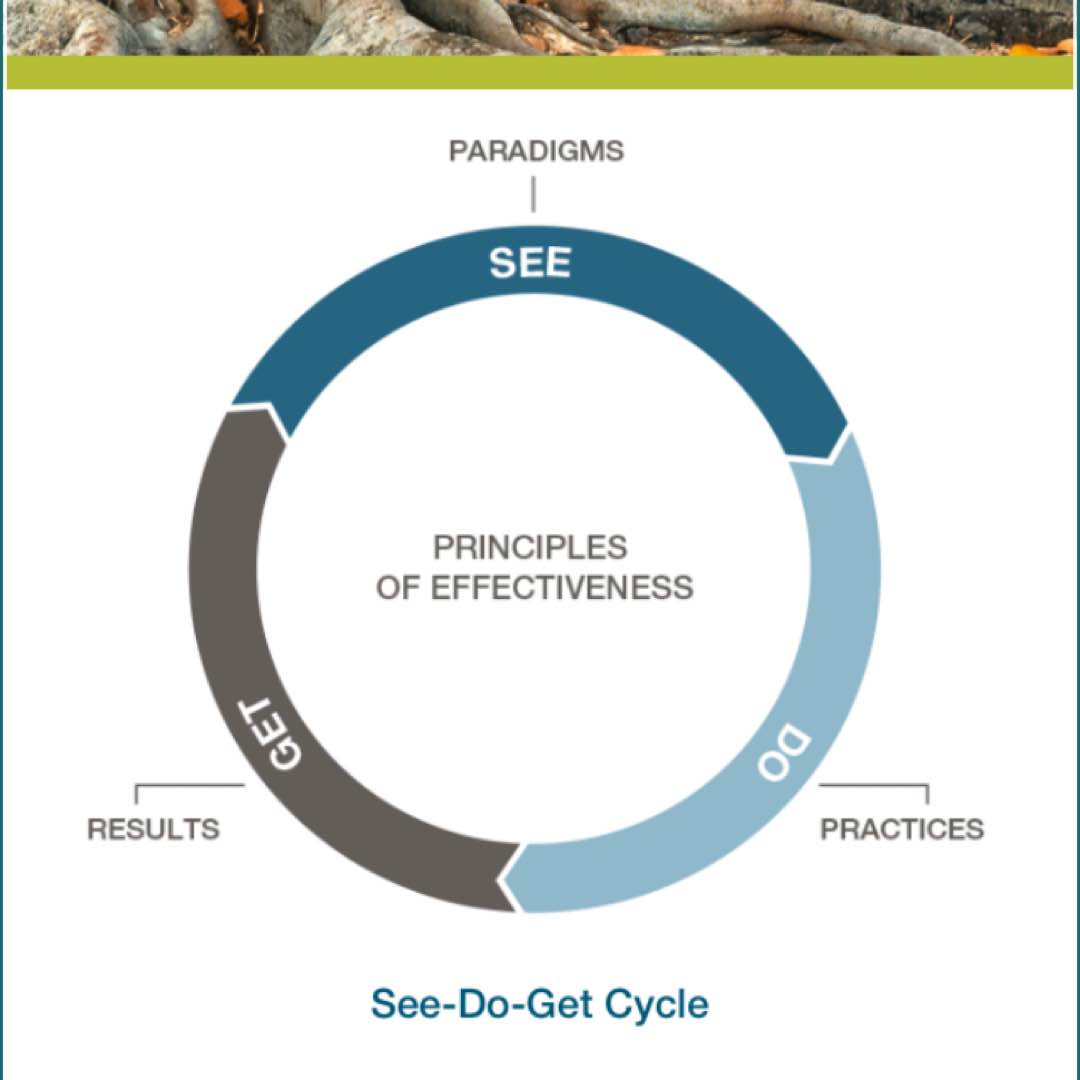I’ve noticed that speakers sometimes do something like the following. Instead of saying something like ‘I’m going to talk about Physics’ and then exploring LUDO, they’ll say ‘I want to help you understand x topic better’ and then will talk about L, D, and O as they relate to Understanding. And it’s not that they’re leaving out Understanding or combining it with another item, necessarily. It’s just that they’re presenting the quad from a perspective of Understanding instead of Physics, so they can’t look directly at Understanding.
This is where the splay and display come in. Either the speaker is using a splay and telling the audience how L relates to U, how D relates to U, and how O relates to U, or they are using a display to describe how L, D, and O relate to each other when seen from Understanding. I’ve only noticed this recently and only a couple times and they both looked more like a splay than a display. And each time i initially assumed the speaker was combining items until i realized that the point of the talk was to get a better view of the fourth item by looking at the other three.
I wonder if such a presentation benefits from taking this “inside the quad” perspective or if it would be better off moving up to Physics and taking a complete look at LUDO. Probably depends on each presentation.




